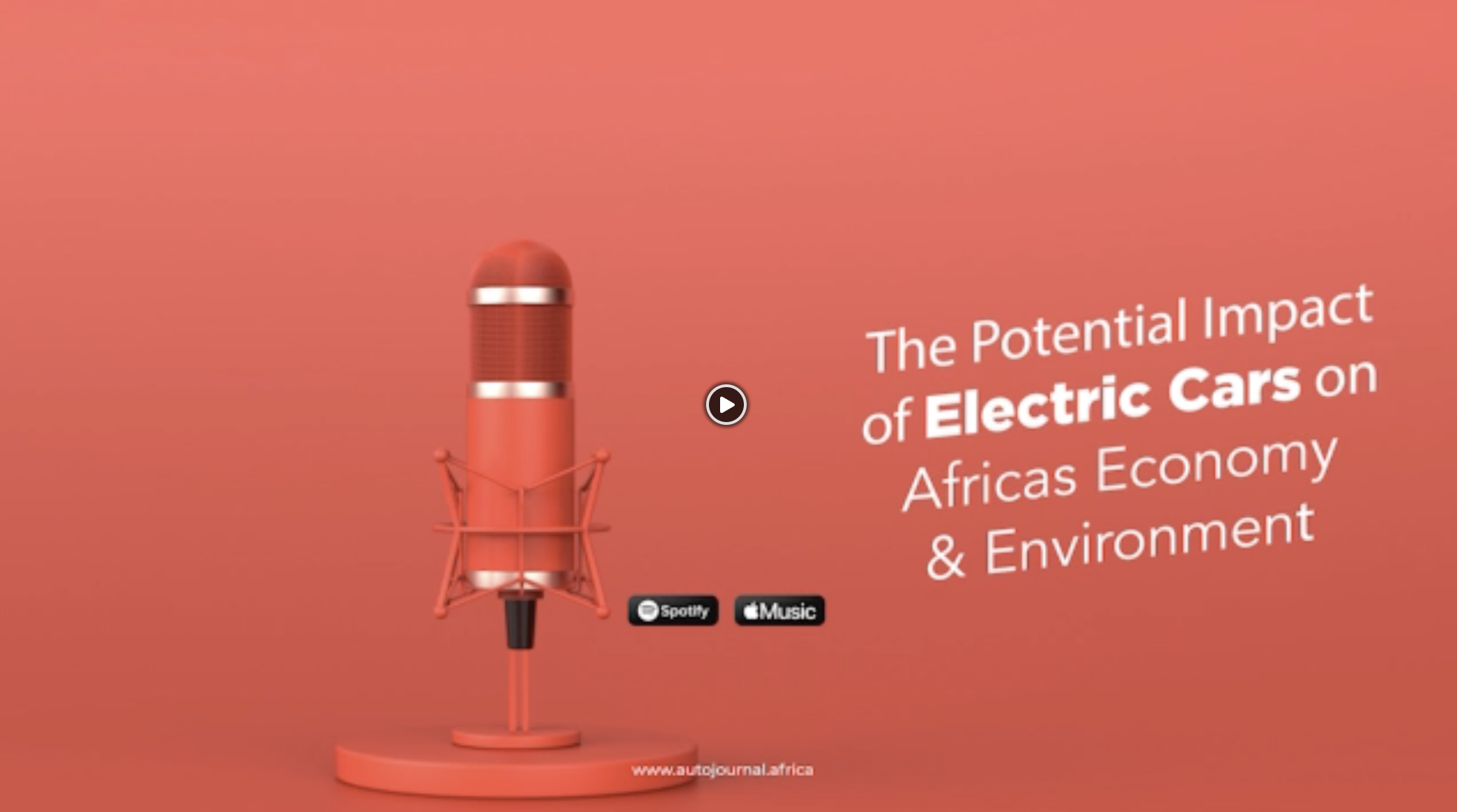Honda is stepping up its electric vehicle (EV) game with the launch of two AI-driven models, set to debut early next year. The automaker’s latest prototypes—a sleek sedan and a versatile SUV—promise advanced automation, improved efficiency, and a fully integrated in-car experience.
At the heart of these vehicles is Honda’s proprietary ASIMO OS, an AI-powered system designed to enhance driver safety, optimize performance, and offer a seamless infotainment experience. “This is the future of driving—intelligent, safe, and emission-free,” said Toshihiro Mibe, Honda’s CEO.
The new EVs will roll off production lines in Marysville, Ohio, reinforcing Honda’s push to achieve 100% zero-emission vehicle sales in North America by 2040. The company has committed to launching 30 next-gen EV models globally by 2030, positioning itself as a key player in the industry’s shift to sustainability.
Why now is the best time to switch to an EV
With more automakers rolling out competitive EVs, consumers have more choices than ever. Whether it’s performance, range, or affordability, the market is evolving fast.
Switching to an EV is not just about technology but also about savings. According to the U.S. Department of Energy, EV owners can save up to $2,200 annually on fuel costs. Lower maintenance expenses—thanks to fewer moving parts and no oil changes—add to the financial benefits.
Beyond cost savings, EVs are a major win for the environment. Research from MIT Climate confirms that, under almost all conditions, EVs have a smaller carbon footprint than gasoline-powered cars. As governments push for stricter emissions regulations, the case for going electric becomes stronger.
Honda’s AI: A Game-Changer for the Auto Industry
Honda’s latest EVs signal a bold step toward an intelligent, sustainable driving experience. The combination of AI-driven safety features, cost savings, and reduced emissions positions these models as a strong alternative to traditional gas-powered vehicles.
Read more on Global EV sales set to surpass 20 million in 2025, driven by China and Europe




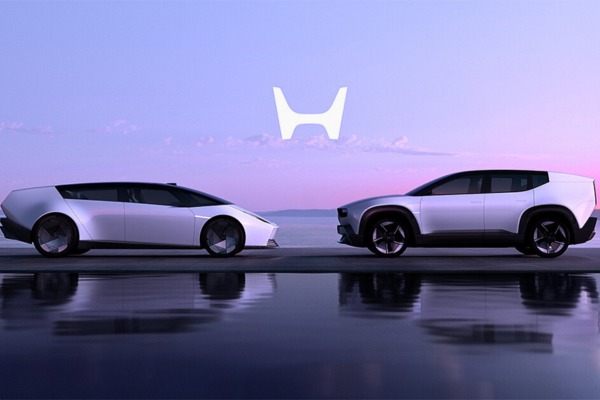
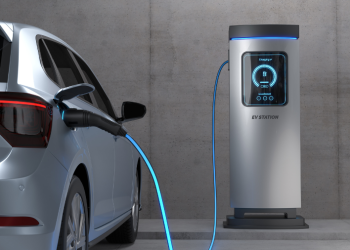
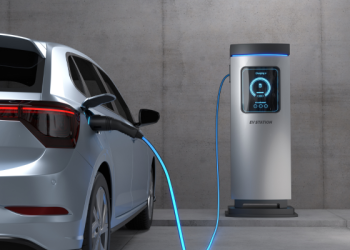
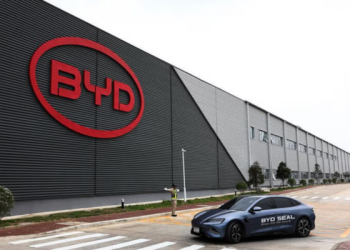
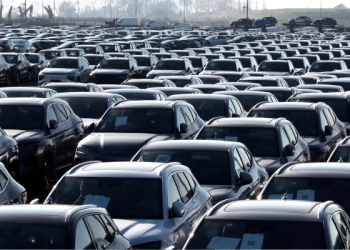
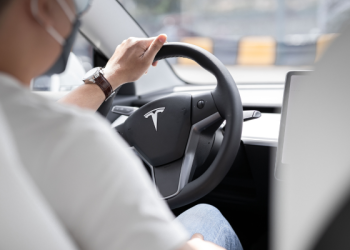
![RJ Scaringe, Rivian founder and CEO [source MarketWatch]](https://autojournal.africa/wp-content/uploads/2025/11/RJ-Scaringe-Rivian-founder-and-CEO-source-MarketWatch-350x250.png)






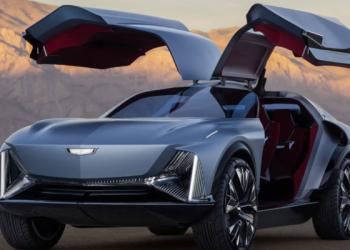


![Recovered Stolen vehicles [Source Football Reporting] (1)](https://autojournal.africa/wp-content/uploads/2023/08/Recovered-Stolen-vehicles-Source-Football-Reporting-1-120x86.jpg)
